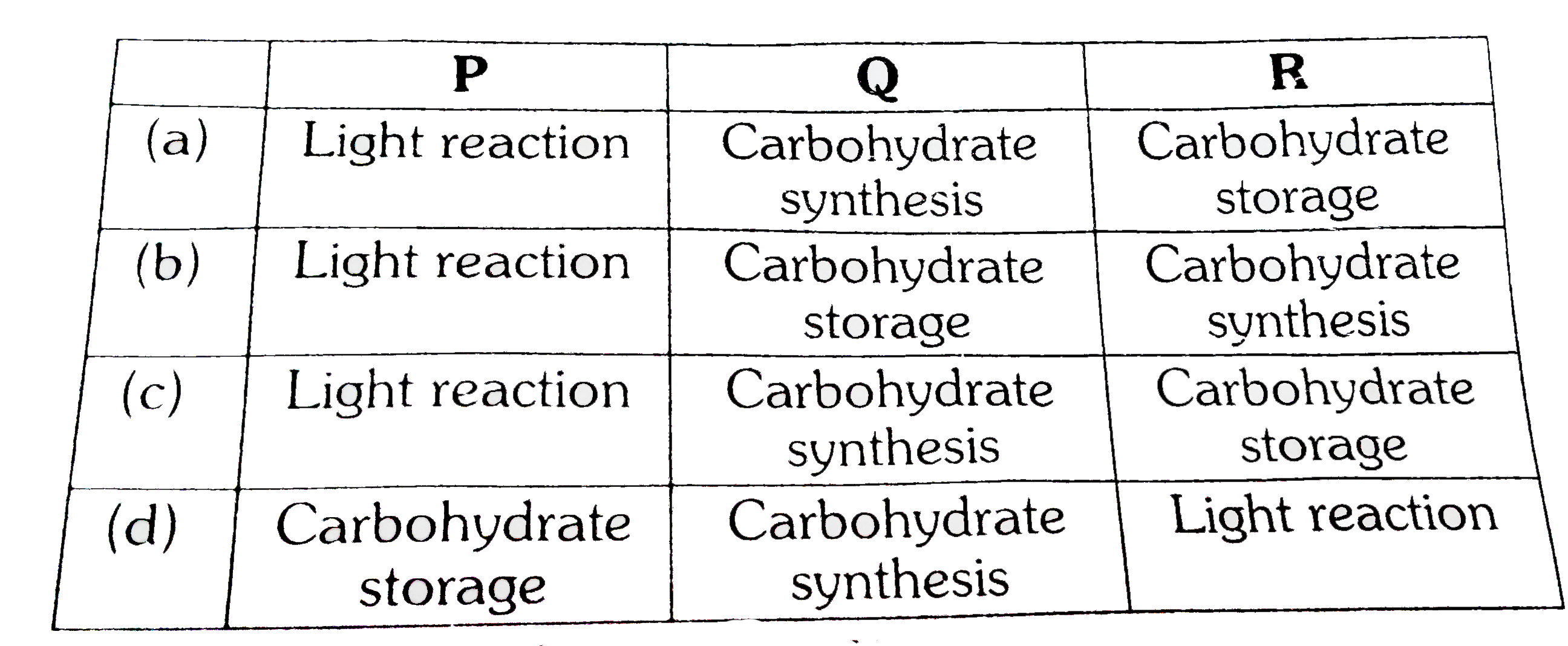Describe occurrence, shape, siZe and number and ultra structure of chloroplasts.
Text Solution
Occurrence. The chloroplasts are found in the green parts of plants. They are either homogeneously distributed in the cytoplasm or packed around the nucleus or near the cell membrane.
Shape, size and number. Usually they are spherical, oval or discoidal in shape. They are cup- shaped in chlamydomonas and ribbon-shaped in spirogyra.
In higher plants their average size is 4-6µ in diameter and 1-3µ in thickness.
The size is comparatively smaller in the plants which are more exposed to sunlight. In higher plants they are 20-40 per cell. In gram leaf the number varies from 50-60 per cell. In spirogyra, it is 1-6 whereas in chlamydomonas there is a single chloroplast in the cell.
Ultrastructure of chloroplasts. Chloroplasts are the double-membraned structures. Each membrane is 40-60Å thick and the two membranes are separated by 25 to 75Å wide intervening space. Each membrane of the chloroplast is a unit membrane. Outer membrane is permeable and inner is semipermeable. The inside of the chloroplast is heterogeneous and is divisible intotwo parts:
1. Matrix or Strama is central watery transparent .Part of the chloroplast. It contains granules of about 175A diruµeter. These granules are called osmophilic granules or starch granules. The matrix also contains 70s ribosomes, mRNA, tRNA, plastoglobuli and circular double stranded DNA.
2. The Grana or Thylakoids. The stroma contains single membraned lamellae called thylakoids. These thylakoids may be arranged one above the other like the heap of coins to form a granum. Each granum is 0.2µ to 1.5µ in diameter and consists of2 to I 00 thylakoids. One chloroplast usually contains 40 to 60 grana. Adjacent grana are interconnected by paired membranes known as stroma lamellae or frets. In the membrane of thylakoid, there are small spherical bodies called quantosomes. These are the smallest. units which are capable of carrying out photochemical reactions. The quantosomes are about 18Å long, 150Å wide and 100Å thick. Their molecular weight is 1×104 daltons. Each quatosome consists of 250-300 chlorophyll molecules which help in ATP synthesis.

Many scientists, Frey and Wyssling (1959), Wolkan (1953), Cf!lvin (1955) and Walben (1961) have given a molecular model of the chloroplast. According to them, the integranum portion of lamellae is composed of alternate layers of aqueous proteins and· lipids. Sandwiched between the two layers is a monomolecular film of chlorophyll molecules.

|
Updated on:21/07/2023
Similar Questions
Knowledge Check
- Question 1 - Select One
In higer plants, the shape of the chloroplast is
ADiscoid (Lens)BCup-shapedCGirdle-shapedDReticulate - Question 2 - Select One
Best stage to observe shape, size and number of chromosome is
AInterphaseBMetaphaseCProphaseDTelephase - Question 3 - Select One
Best stage to observe shape, size and number of chromosome is
AMetaphaseBAnaphaseClnterphaseDProphase or telophase
Best stage to observe shape, size and number of chromosome is
View SolutionWhat the help of a labelled diagram describe the structure of a chloroplast.
View SolutionDescribe the structure of chloroplast with the help of diagrams.
View SolutionThe diagram shows the ultra structure of a chloroplast as seen in section .Identify the functions of P,Q and R

 View Solution
View SolutionIn the ultra structure of cell membrane and its functions,
View Solution
